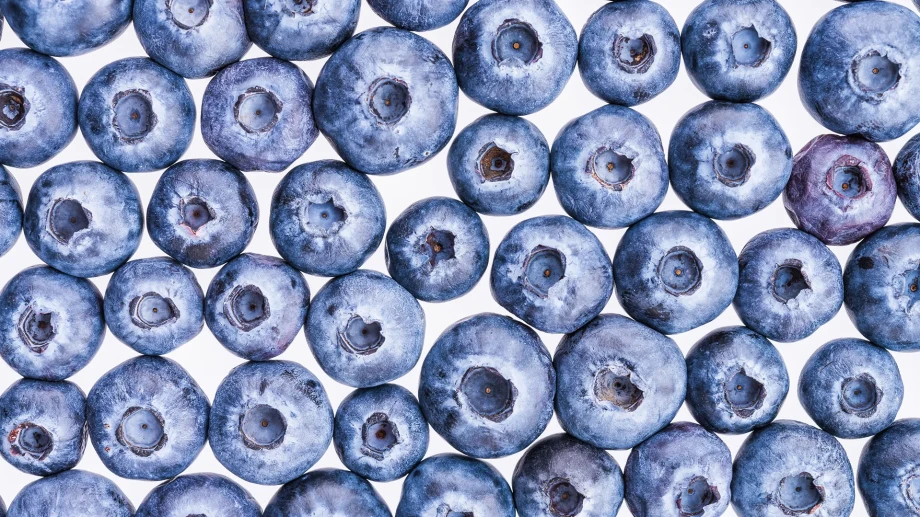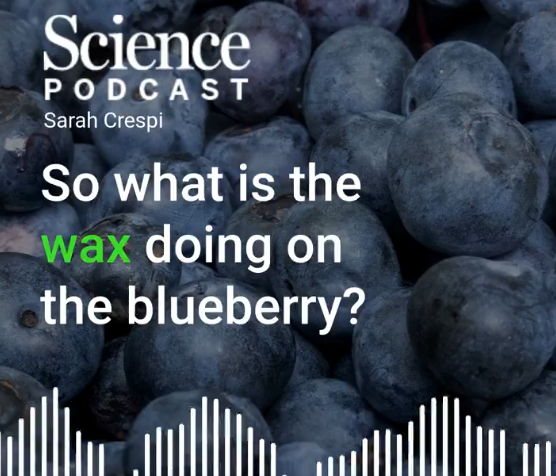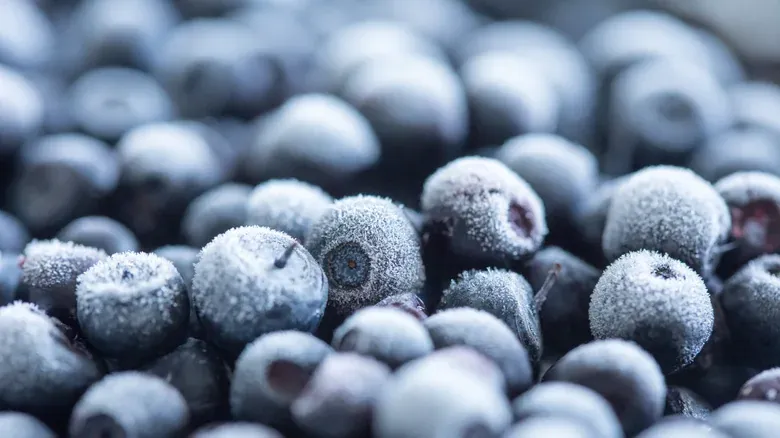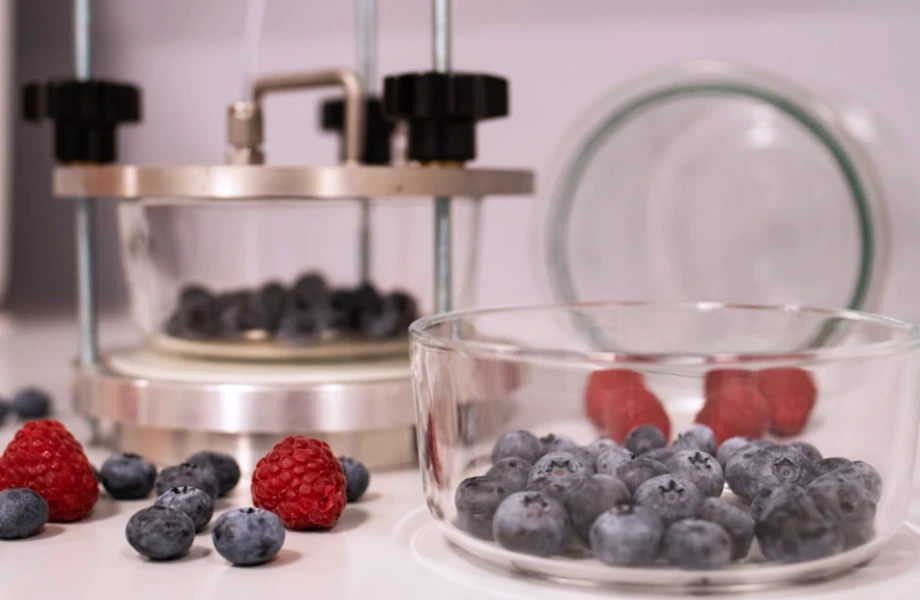Have you ever wondered what gives blueberries their lovely color? And what about damsons, sloes, and juniper berries? Would you believe it's all due to their wax coating? Despite containing dark red pigments in the skin, researchers have now explained why blueberries appear blue to us.
The skin is not blue
It all comes down to a layer of wax covering the fruit, composed of miniature crystals that scatter blue and UV light. Rox Middleton, a research fellow at Bristol's School of Biological Sciences, explained: "The blue of blueberries can't be 'extracted' by squishing them because it isn't located in the pigmented juice that can be squeezed from the fruit.

"That's why we knew there must be something unusual about the color. So we removed the wax and re-crystallized it on card, and in doing so, we were able to create a brand new blue UV coating." The ultra-thin colorant is around two microns thick (a hair is about 80 microns), and although less reflective, it's visibly blue and reflects UV well, potentially paving the way for developing new methods of coloring.
"It shows that nature has evolved to use a really neat trick, an ultra-thin layer for an important colorant," Rox added.
What's the reason for this colour?
This also helps make the fruit visible to birds that eat them, thereby distributing seeds. Most plants are coated in a thin layer of wax, which serves multiple functions, many of them still not fully understood by scientists.
They know that wax can be very effective at self-cleaning and also acts as a water repellent.
New horizons for research
However, until now, researchers didn’t fully understand the importance of wax for visible coloration. The team now plans to investigate easier methods of recreating the coating and applying it. This could lead to a more sustainable, biocompatible, and even edible UV coating, which could also be used to create blue reflective paint.
Furthermore, these coatings could have the same multiple functions as the natural ones that protect plants.
Source: University of Bristol
Listen to the interview to Rox Middleton (Science):
Image by lifeforstock on Freepik











